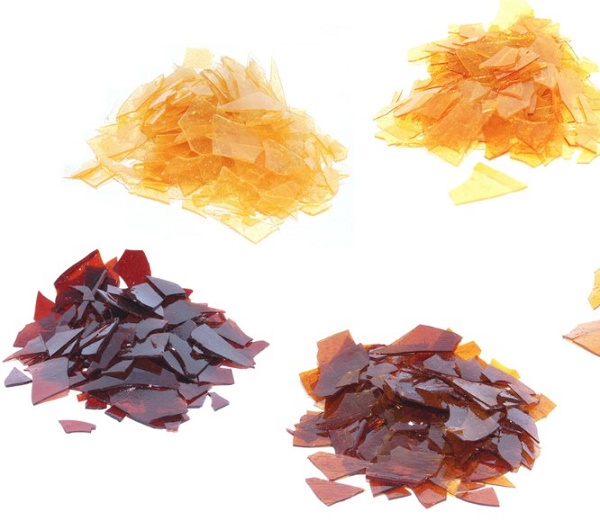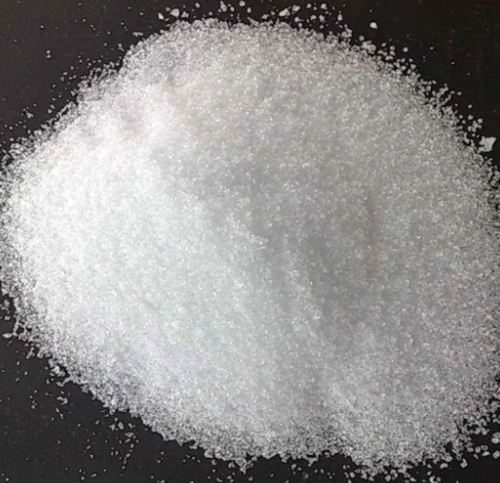What is shellac used for?
Shellac is a resin that an insect secretes onto tree trunks. Shellac is a natural polymer refined from a resinous substance excreted by an insect, Laccifer lacca, which is parasitic on certain trees, especially in India, Burma, Thailand, and southern China. Shellac is a natural glue with a clear coating. It was previously used in dentistry to make dentures and other products and as a coating on drug tablets. It's not often used for these purposes anymore because it ages over time.
Shellac has been recognized for about 4000 years and was originally used as a natural dye for architecture, silk, and leather dyeing. Subsequently, the applications of shellac gradually extended to include the pharmaceutical field because of its good enteric properties. Additionally, shellac is generally recognized as safe (GRAS status) by the Food and Drug Administration (FDA), allowing its use as a food additive and raw material in food coatings and film formulations.
In specific, Shellac is the easiest of the classic finishes to apply. It produces a fine, mellow finish and accentuates the wood's natural grain. It is especially attractive on walnut, mahogany, and fine veneer woods. It polishes well and is the basis for fine furniture's traditional French polish finish.
Shellac is used extensively in the pharmaceutical industry as a coating material for tablets and capsules, such as vitamins and dietary supplements. The coating protects the drug from environmental factors such as moisture, light, and air, which can degrade the drug's potency. Shellac also helps to mask the taste and odour of drugs, making them more palatable for patients.
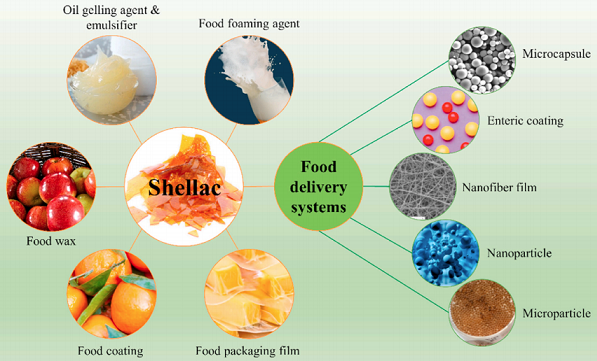
Owing to its distinctive structure and properties, shellac is widely used in the food industry. The above figure depicts the various possible applications of shellac, including as a raw material for fabricating food waxes, food coatings, and biodegradable films. It is also applied as a food foaming agent, oil-gelling agent, and food emulsifier. Furthermore, shellac is employed in preparing food delivery systems, such as microcapsules, coated carriers, nanofiber films, nanoparticles, and microparticles. In the food industry, shellac has long been used as a wax to enhance the postharvest preservation of fruits and vegetables. The use of protective wax on some fruits and vegetables is an effective postharvest technique that maintains their quality and extends their shelf life. In principle, the preservative effects of these waxes on fruits and vegetables are achieved by reducing the gas transmission rate, preventing external mechanical damage, and shielding them from microorganism attacks. In this context, shellac is applied during the production of commercial food waxes or in combination with other waxes to maximize their preservative potential.
[1] Yi Yuan . “Shellac: A promising natural polymer in the food industry.” Trends in Food Science & Technology 109 (2021): Pages 139-153.
References:
[1] YI YUAN . Shellac: A promising natural polymer in the food industry[J]. Trends in Food Science & Technology, 2021, 109: 1-750. DOI:10.1016/j.tifs.2021.01.031.You may like
Related articles And Qustion
Lastest Price from Shellac manufacturers
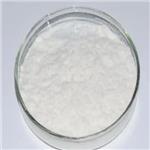
US $990.00-800.00/g2025-04-21
- CAS:
- 9000-59-3
- Min. Order:
- 1g
- Purity:
- 99%
- Supply Ability:
- 5000
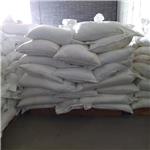
US $0.00-0.00/KG2025-04-15
- CAS:
- 9000-59-3
- Min. Order:
- 1KG
- Purity:
- 99%
- Supply Ability:
- 500000kg

